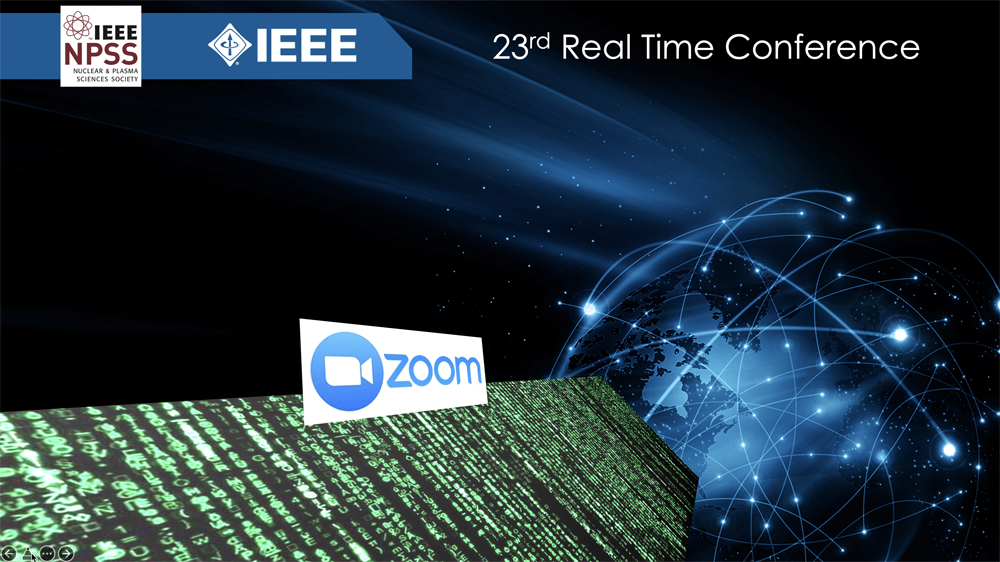Speaker
Description
The timing information carried by the waveforms important when reconstructing the particle trajectory especially in the application of time-of-flight detectors. The traditionally used timing methods, including the leading edge discrimination (LED) and the constant fraction discrimination (CFD), are easily realized in the circuit but obviously the time information of the pulse has not been precisely obtained. Former studies have shown that the CNN-based model can improve the coincidence time resolution (CTR) of the pair of PMTs by nearly 20%. But the limit of number of labels directly affects the CNN timing performance of the pair of FPMTs. Therefore, we developed a new method to train a CNN model for the timing of a pair of PMTs. By precisely obtaining the time difference of the two waveforms, the position of the positron annihilation can be reconstructed. Since the distances from the 22Na radioactive source to the two detectors are known, the labels of the pair of waveforms can be calculated. Instead of using real paired waveforms with different distances to the radioactive source, in our method only a group of paired waveforms are obtained with fixed distance to the radioactive source. The paired waveforms with different labels are produced by delaying or advancing the time. Another 6000 paired waveforms whose time difference is 0 ps are used to validate the model. The results show a 50% improvement compared with the CFD method.
| Minioral | Yes |
|---|---|
| IEEE Member | No |
| Are you a student? | Yes |

